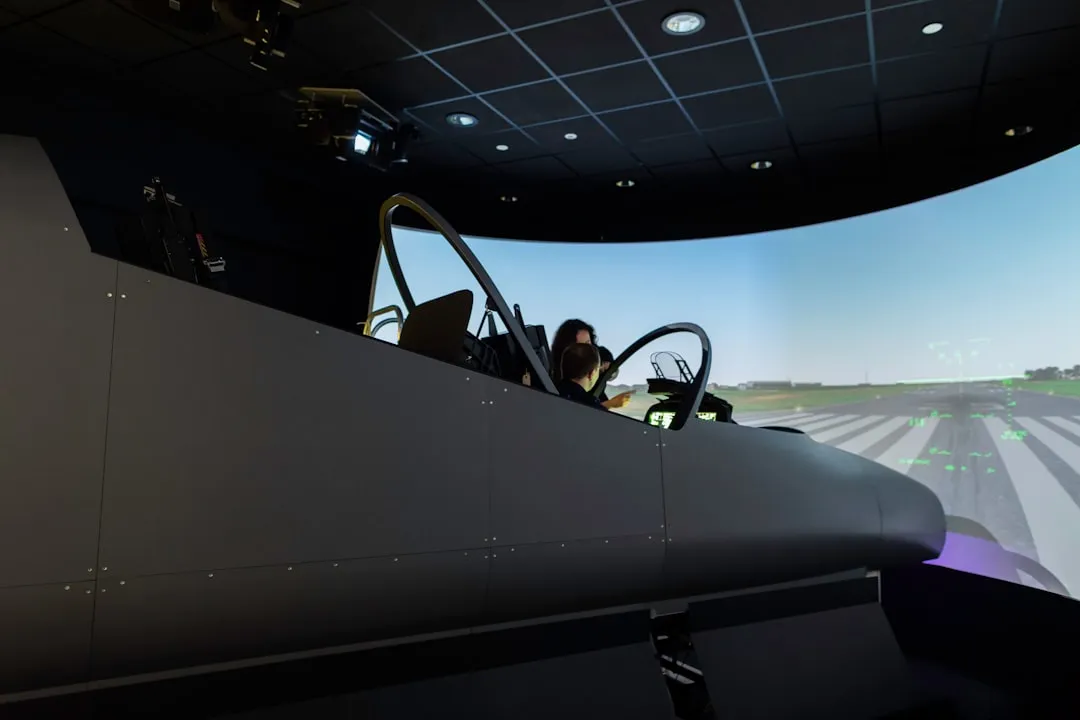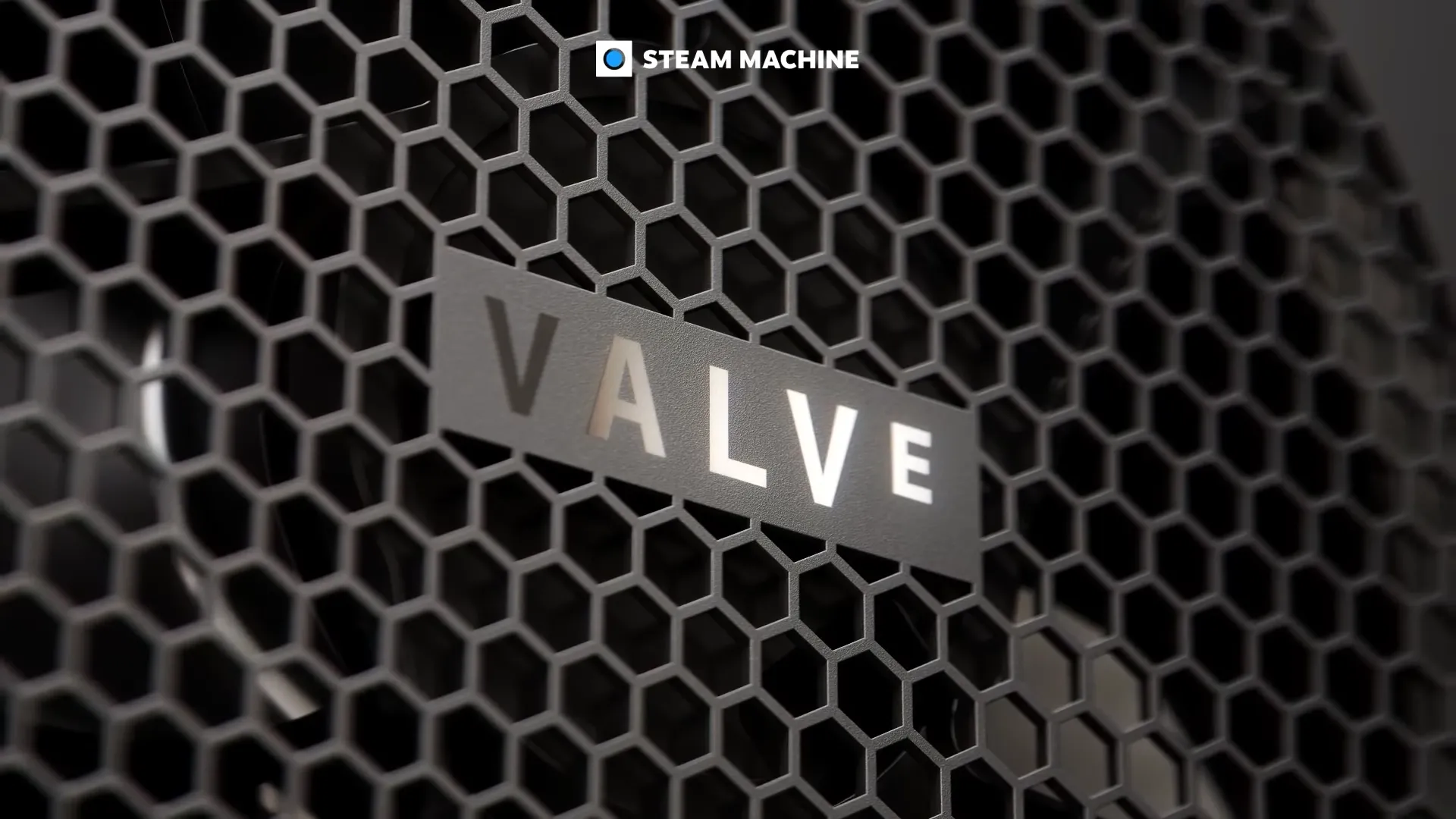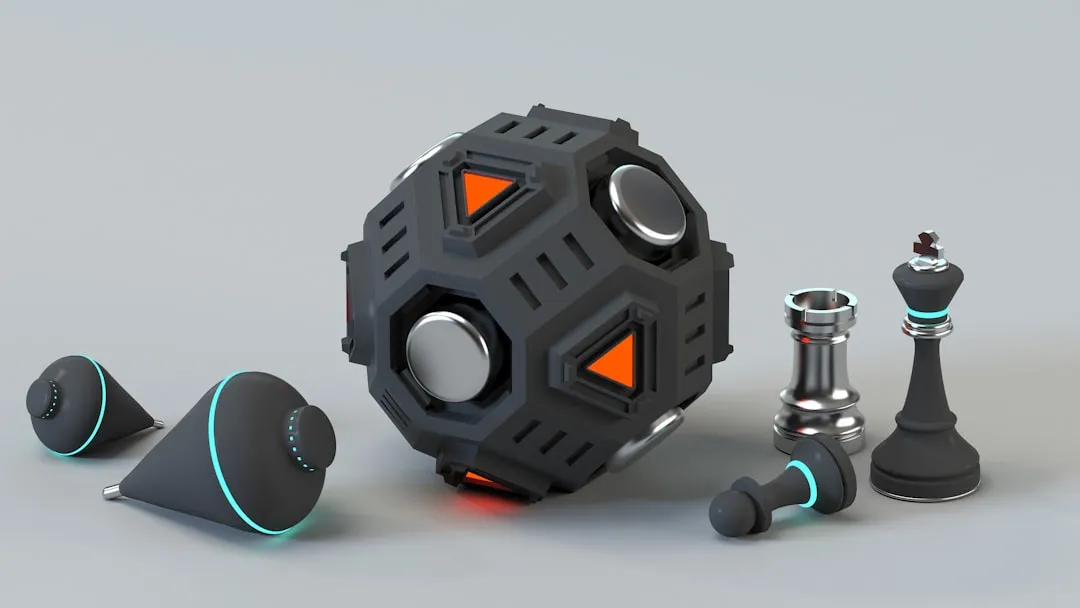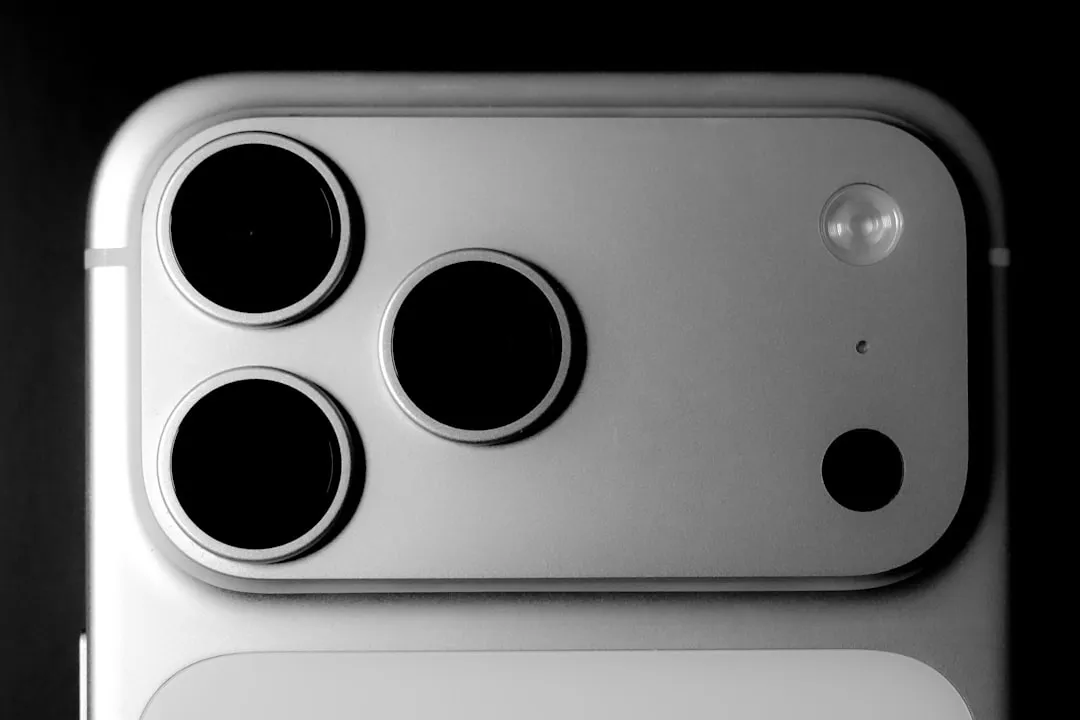When Apple Vision Pro first launched, many wondered what kind of truly immersive experiences would emerge beyond basic entertainment and productivity apps. The answer is starting to take shape with a military-grade simulation that pushes mixed reality hard. Rogue Labs recently released Flight Sight, an advanced helicopter training platform that combines Apple Immersive Video with 3D aircraft models for an unprecedented level of realism.
Meanwhile, the military has been quietly testing augmented reality systems on naval vessels, with the USS Nimitz Strike Group deploying AR headsets for remote maintenance and troubleshooting. Put together, these developments point to a shift toward practical, high‑stakes applications that could reshape immersive training and simulation technology, especially when the price of real-world training is part of the calculus.
Flight Sight: redefining helicopter training in mixed reality
The aviation training landscape just got a serious upgrade with Flight Sight’s debut on Apple Vision Pro. This is not your typical flight simulator. Rogue Labs calls it the "future of immersive helicopter training and flight experiences", built on Apple’s latest spatial computing tools. The content is not an afterthought either.
The app features 180-degree immersive video footage captured with Blackmagic URSA Cine cameras, so the sensation of being in the cockpit carries over into a mixed-reality setting that feels grounded, not gamified.
Flight Sight’s approach layers study, context, and hands-on exploration. Users can interact with hyper-realistic 3D helicopter models featuring detailed interior and exterior components. At the same time, they can pull up spatial airport procedure maps that visualize flight patterns and arrival or departure sequences.
You can scale aircraft models up or down for detailed examination. Zoom into a component, then step back to the full operational picture. That kind of fluid study is hard to match with old-school flashcards and whiteboards.
PRO TIP: At $9.99 with additional in-app purchases, Flight Sight reads like a bargain next to traditional helicopter training, where aircraft time can exceed $1,000 per hour.
Flight Sight represents just the beginning of Rogue Labs’ vision, with monthly content expansions planned as the platform evolves. Think ecosystem, not a one-off app.
Military AR adoption: from USS Nimitz to combat readiness
Consumer apps grab headlines, but the military’s use of AR shows what happens when technology has to work under pressure. The USS Nimitz Strike Group recently completed testing of the Augmented Reality Maintenance System, or ARMS, which connects deployed sailors with shore-based technical experts through simplified AR headsets. The system was installed across four ships in the strike group during their San Diego deployment, a concrete step toward everyday AR on the deck plates.
ARMS goes beyond a video call taped to your face. Sailors wearing headsets can access technical manuals, maintenance cards, 3D images, and detailed schematics, while experts monitor and guide repairs in real time. The urgency shows in the schedule. NAVWAR Commander Rear Adm. Seiko Okano reduced the original seven-month operational testing period to just one month, a signal that AR has shifted from experiment to mission support.
This kind of field use offers a blueprint for how immersive tools move from training rooms to operations, where a failed system is not hypothetical and the clock is always running.
The evolution of fighter pilot training through virtual reality
The military’s training pipeline stretches far past basic AR overlays, into virtual environments that feel alarmingly real. The Joint Simulation Environment, or JSE, is a standout, providing a "hyper-realistic digital range" complete with actual fighter-jet cockpits. Built in 2016 for F-35 testing, the JSE has successfully trained over 1,000 F-35 pilots as of recent reports. Not a demo. A pipeline.
Look at the architecture to see why. The JSE includes eight F-35 cockpits and four F-22 cockpits housed within 15-foot-wide projection domes. Each cockpit runs the actual operational flight programs found on real fighters. The threat library is not generic either. It can simulate thousands of threats derived directly from US intelligence models. You could never replicate that safely in the wild.
Effectiveness is not a hunch. In early 2022, Air Force pilots completed 32 defensive counter-air missions using the JSE. Virtual hours, real readiness.
Commercial aviation embraces Apple Vision Pro training
Interest in Apple Vision Pro runs well beyond defense. Major training companies are building civilian programs that could widen access to high-grade simulation. CAE, a leading flight simulation company, announced its new Apple Vision Pro training app at the 2024 NBAA-BACE event, aimed at commercial pilots who want immersive cockpit time. Their application generates life-like control decks for aircraft like the Bombardier Global 7500 using advanced augmented reality techniques.
CAE’s plan is deliberate, not scattershot. It includes three distinct training modes —Exploration Mode, Guided Mode, and Flight Deck Interaction Mode —so pilots can progress from basic familiarization to procedural reps.
The company’s Director of Incubation, Erick Fortin, emphasized that they’re focusing on fine-tuning the current application rather than expanding to additional aircraft, with a targeted release during spring 2025.
This is supplemental training, not a replacement. Still, when simulator sessions cost thousands per visit, the Apple Vision Pro’s $3,499 price point starts to look less like a splurge and more like infrastructure you can carry.
What this means for the future of immersive training
Military-grade simulation is colliding with consumer-accessible hardware, and the result is a different mindset about high-stakes training. These apps show that immersive tech has crossed from novelty to tool, especially when you stack it against the cost of aircraft time or shipboard downtime.
The success of platforms like Flight Sight, with monthly content updates planned to support continued expansion, hints at rapid improvement as creators get comfortable with the medium.
There is also a feedback loop at work. The JSE’s virtual environments and practical deployments like ARMS provide a template for consumer and enterprise developers who want results, not sizzle reels. High-stakes use cases pressure-test the tech, then those lessons bleed into broader training applications.
Next up, the bridge between elite simulators and living-room headsets gets sturdier. As technology matures and content libraries grow, the line between virtual prep and real-world expertise will continue to blur. From the USS Nimitz to your living room, the future of immersive training is taking flight.

























Comments
Be the first, drop a comment!